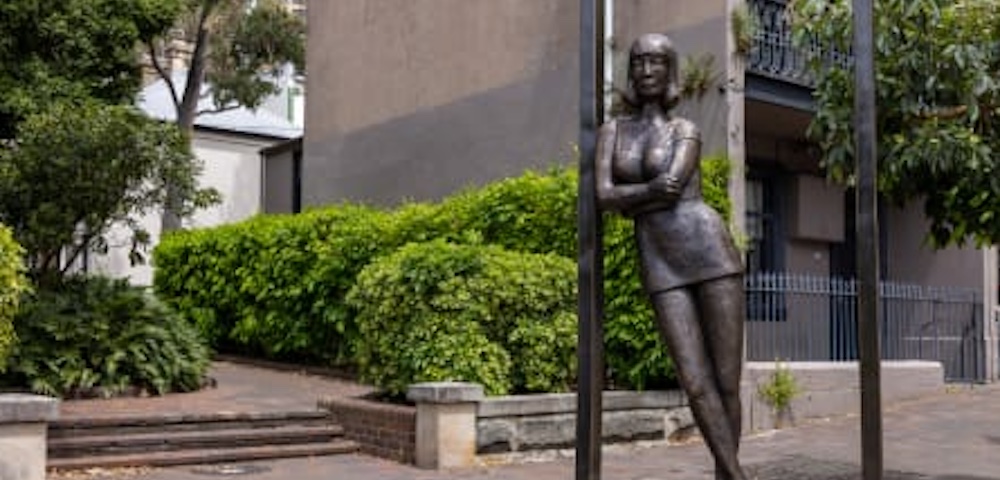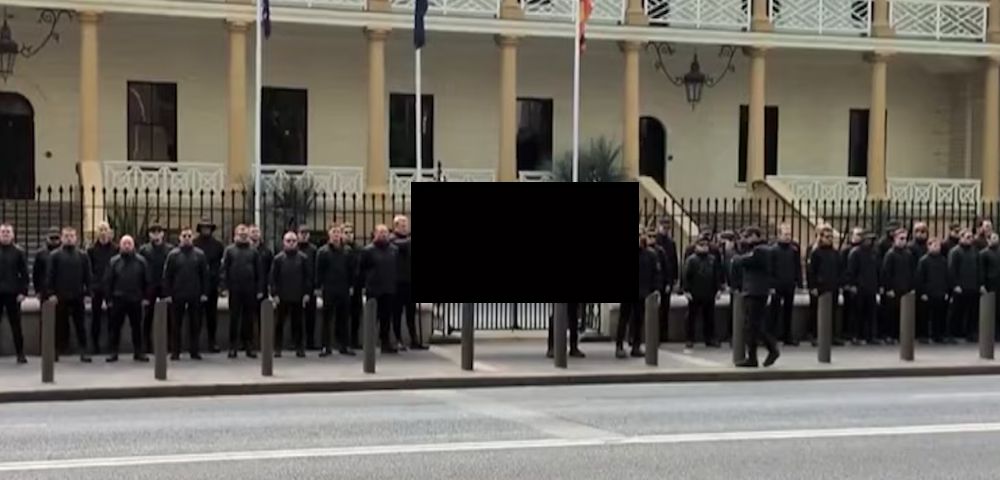
Becoming a Booker
Now that Alan Hollinghurst has deservedly won the 2004 Man Booker Prize, The Line Of Beauty is flying off the shelves everywhere -“ not just from gay bookshops. Hollinghurst’s Australian distributor Pan Macmillan has also started singing the novel’s praises and boasting about the number of copies they will have available.
However, they weren’t always so effusive about this particular novel. In fact, The Line Of Beauty went out of print within a month of being published as a trade paperback in Australia and then languished in limbo for six weeks while Pan dithered about whether or not a reprint was warranted. This was despite the fact that a book that was published only in early June was out of print by early July and had made an appearance on the Australian national book sales charts as a fast mover.
What’s more, the book was enjoying glowing reviews in the UK and was already been talked up as a Booker Prize contender. It was only when the reorders began to mount, a few booksellers applied pressure and the book firmed as a favourite for the Booker longlist that the reprint was finally approved. Things are tough in publishing but obviously very tough at Pan Macmillan if a novelist of Hollinghurst’s stature can’t qualify for a reprint.
In an aside about Hollinghurst, his previous publisher Random House has just reissued his first novel The Swimming Pool Library in a very cheap $14.95 edition. It is part of a new series from Vintage called Vintage Blue in which works of contemporary fiction with strong erotic content have been repackaged and promoted.
Finally, a word about the other two main contenders for this year’s Booker. Colm T?n’s The Master, his fictionalised life of the American writer Henry James, is already familiar to many gay readers. However, it is less well known that the other hot favourite David Mitchell’s Cloud Atlas also includes some gay content. This dazzling novel weaves together six separate but loosely related narratives. Each of these narratives is set in a different time and place, each is written in a different prose style, each is broken off mid-action and then brought to conclusion in the second half of the book. The novel’s highly entertaining second section is set in 1930s Belgium, and is written as a series of letters by Robert Frobisher, a penniless bisexual composer, to his London-based physicist boyfriend Rufus Sixsmith. In the narrative section that then follows, written in the crime genre, Sixsmith crops up again. But the setting is now West Coast America almost 50 years later and Sixsmith is a 66-year-old man caught up in a conspiracy over an unsafe nuclear reactor.









